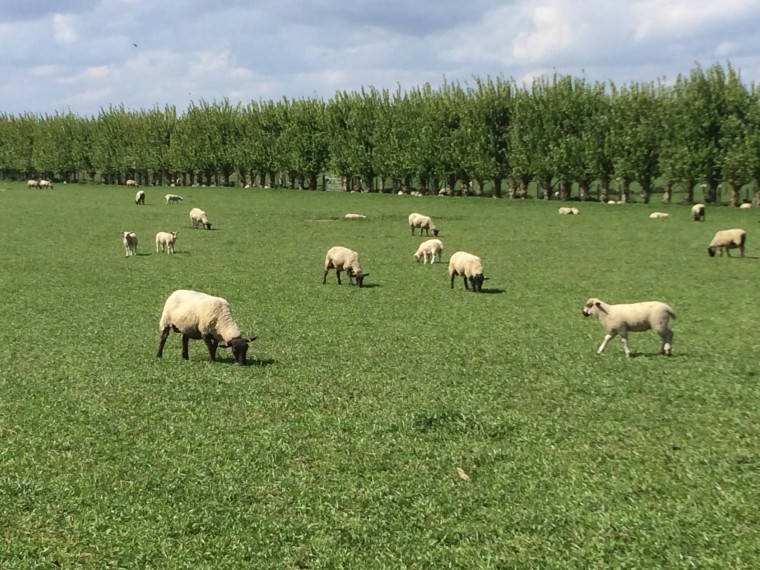On 10 November, the first meeting features a discussion on strip till versus direct drilling, as well as an introduction to the cover crops at the farm.
AHDB knowledge exchange manager Paul Hill said: “With all the volatility and uncertainty following the Brexit referendum, the monitor farm meetings will give farmers a chance to try to find a viable way forward for the future prosperity of their businesses.”
Monitor Farm host Mark Bowsher-Gibbs is taking part in a three year cover crop trial which this year involves two mixes of cover crops: oats with crimson clover; and a five species mix of oilseed radish, oats, crimson clover, phacelia and buckwheat. These mixes will be followed by a cash crop of spring barley.
This is part of a wider country wide research project about maximising the benefits of cover crops through species selection and crop management. The monitor farm group at Sittingbourne will be following the trials closely and discussing the results at future meetings.
The full programme of meetings will be:
- 10 November 2016: strip till versus direct drilling, and cover crops;
- 12 January 2017: controlled traffic farming and precision farming;
- 9 February 2017: yield enhancement network – breaking the yield barrier; and
- 9 March 2017: soil health and crop nutrition.
Mark Bowsher-Gibbs is farm manager for G.H Dean & Co Ltd, a long established family business farming near Sittingbourne. This is a mixed farm of 4,347 acres, most of the land is under a five year arable rotation, which is predominantly wheat, oilseed rape, beans and peas. The farm has a flock of 1,524 ewes kept on 1,146 acres of pasture, much of which is in high level stewardship; and there are 474 acres of orchards producing pears, cherries and apples.
Specific areas of interest within the 2,717 acre arable enterprise centre on strip tillage and crop residue management, soil microbiology, cover cropping and controlled traffic farming. Soils vary considerably from clayey coastal flats to freely draining loams with some of the higher ground having a greater stone content overlying chalk.




